The world’s wild cats are facing an unprecedented crisis. These magnificent creatures, once rulers of vast territories, now cling to survival in ever-shrinking habitats. Climate change, poaching, and human encroachment have pushed several species to the brink of extinction.
What makes this situation even more heartbreaking is how rapidly some of these populations have dwindled. Just decades ago, many of these cats roamed freely across continents. Today, their numbers tell a sobering story of wildlife in peril, yet also one of hope through dedicated conservation efforts.
Amur Leopard: The World’s Rarest Big Cat
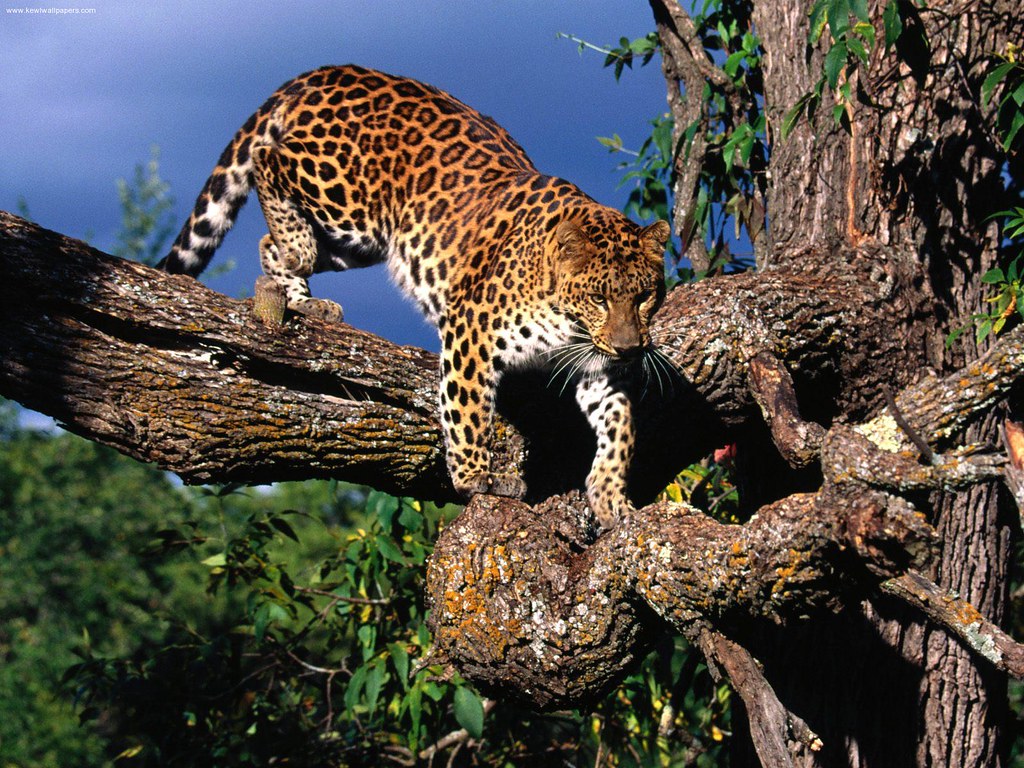
The critically endangered Amur leopard (Panthera pardus orientalis) currently numbers approximately 130-140 individuals in the wild, making it the rarest big cat in the world. Today, approximately 130 Amur leopards live in Russia according to a Wildlife Conservation Society report. The latest figure of 130 individuals represents the highest density of leopards recorded during 10 years of rigorous monitoring.
This stunning leopard inhabits the harsh forests of the Russian Far East and northeastern China, where temperatures can plummet well below freezing. Native to the Russian Far East, Northern China and the Korean Peninsula, Amur leopards have developed several morphological adaptations to withstand the often harsh climates of the high-altitude, temperate forests they inhabit. With approximately 130-140 individuals remaining, the subspecies faces an extremely high risk of extinction without the implementation of effective conservation measures.
Snow Leopard: The Ghost of the Mountains
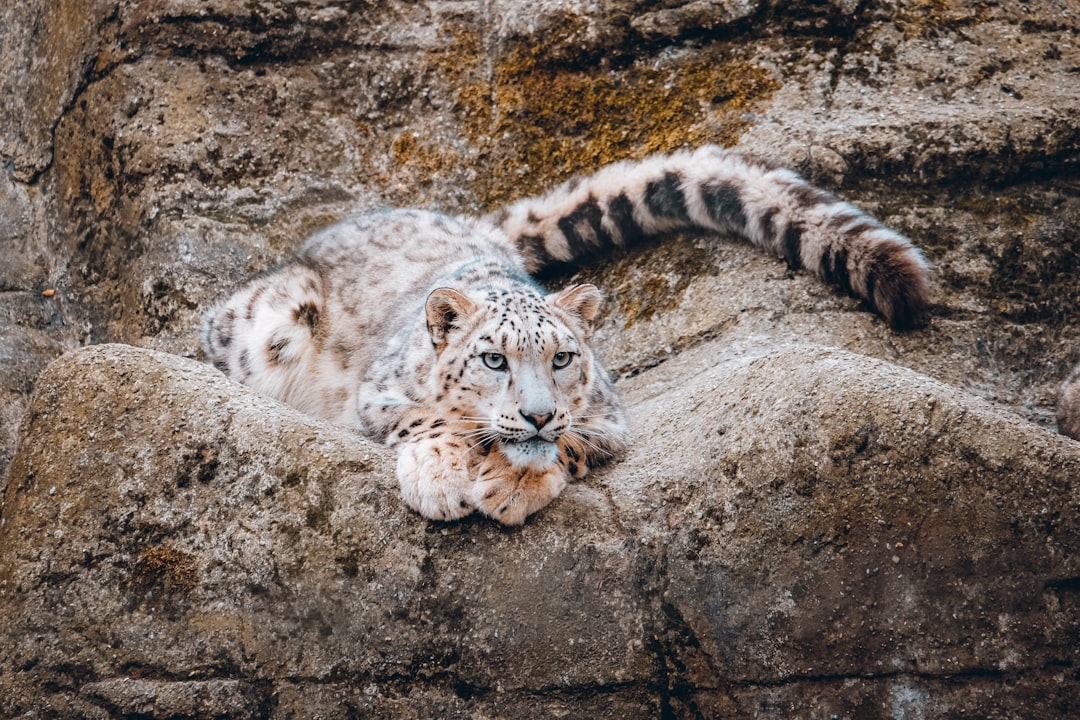
It is listed as Vulnerable on the IUCN Red List because the global population is estimated to number fewer than 10,000 mature individuals and is expected to decline about 10% by 2040. But there aren’t many snow leopards left: population estimates range from 2,700 to 3,400 mature individuals according to IUCN, though some broader estimates suggest up to 6,500 total individuals. And because of this small population size, they are classified as “vulnerable” on the IUCN Red List.
These elusive cats roam the mountainous regions of Central and South Asia, perfectly adapted to life at extreme altitudes. One of the largest cats, these felines are found in the mountainous regions of 12 Asian countries, including Russia, Afghanistan, Nepal, and Tibet. However, their survival hangs in the balance due to a troubling genetic reality. Snow leopards have low genetic diversity, increasing their risk of extinction in a changing environment, according to a paper published in the Proceedings of the National Academy of Sciences on Tuesday.
Javan Leopard: Indonesia’s Vanishing Predator
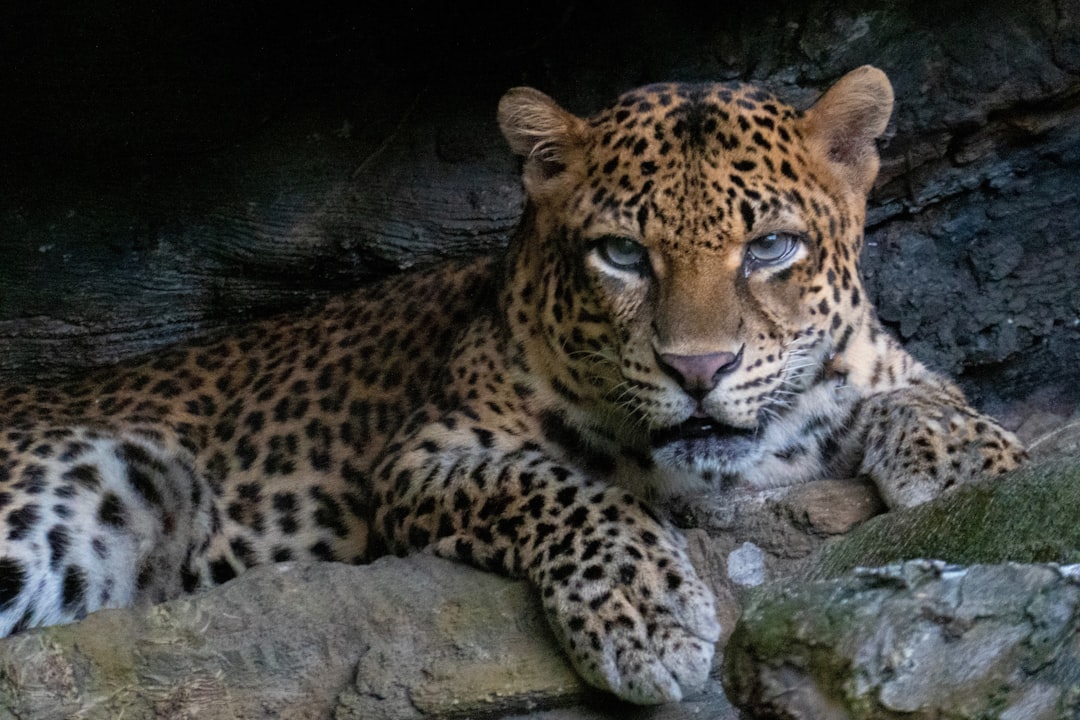
Inhabits Java in Indonesia. Listed as endangered since 2021. The current population of Javan leopards is estimated at around 350 over several fragmented groups. This subspecies faces immense pressure from one of the world’s most densely populated islands, where rapid development continues to fragment its remaining habitat.
The Javan leopard’s survival depends entirely on the protection of Java’s remaining forest patches. Javan Leopard (P.p. melas) – CR Critically Endangered 2008, EN Endangered 2021, 2024a These beautiful cats once prowled across the entire island, but now exist only in isolated pockets. Their decline mirrors the broader environmental challenges facing Indonesia’s rapidly developing landscape, where conservation efforts must compete with economic pressures and population growth.
Clouded Leopard: The Tree Dancer
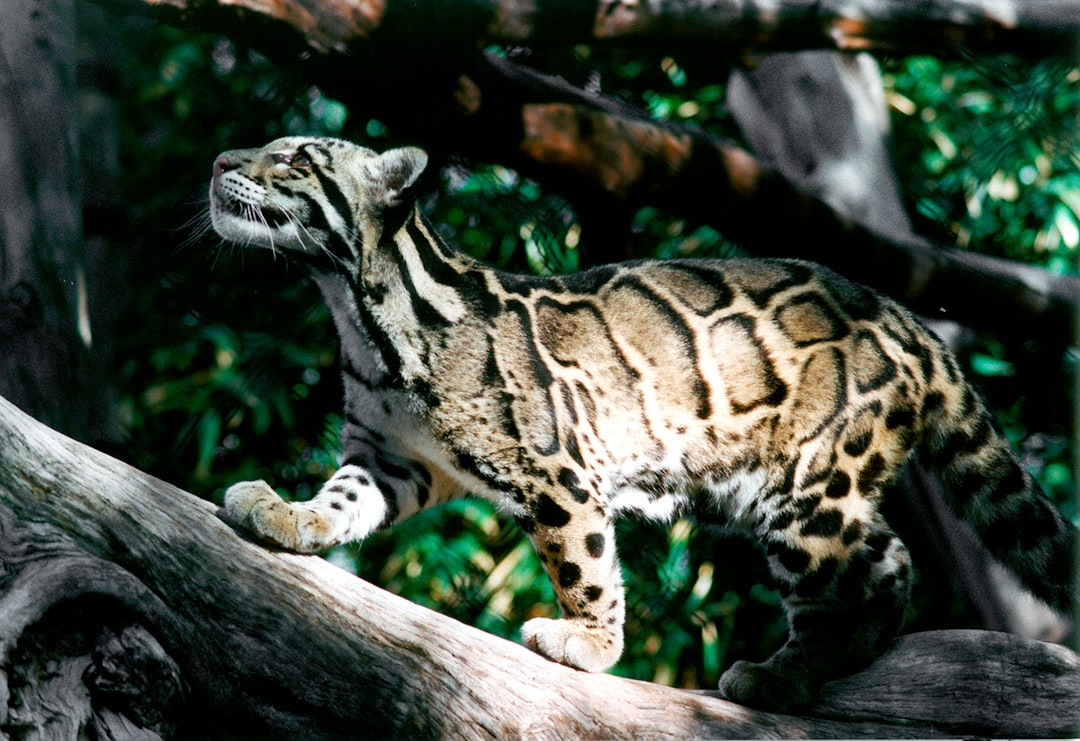
Located in Southeast Asia and southern China. The current population is estimated at fewer than 10,000 mature individuals, though precise numbers are uncertain due to their secretive nature. The clouded leopard represents one of nature’s most remarkable climbers, with oversized paws and flexible ankle joints that allow it to descend trees headfirst like a squirrel.
These mysterious cats inhabit the dense forests of Southeast Asia, where deforestation poses the greatest threat to their survival. Thirteen more wild cat species are listed as Vulnerable: lion, leopard, snow leopard, clouded leopard, Sunda clouded leopard, African golden cat, northern oncilla, southern oncilla, guina, cheetah, fishing cat, black-footed cat, Chinese mountain cat Their secretive nature makes accurate population counts extremely challenging. What we do know is that their forest home is disappearing at an alarming rate, forcing these arboreal hunters into ever-smaller fragments of suitable habitat.
Cheetah: Racing Against Extinction
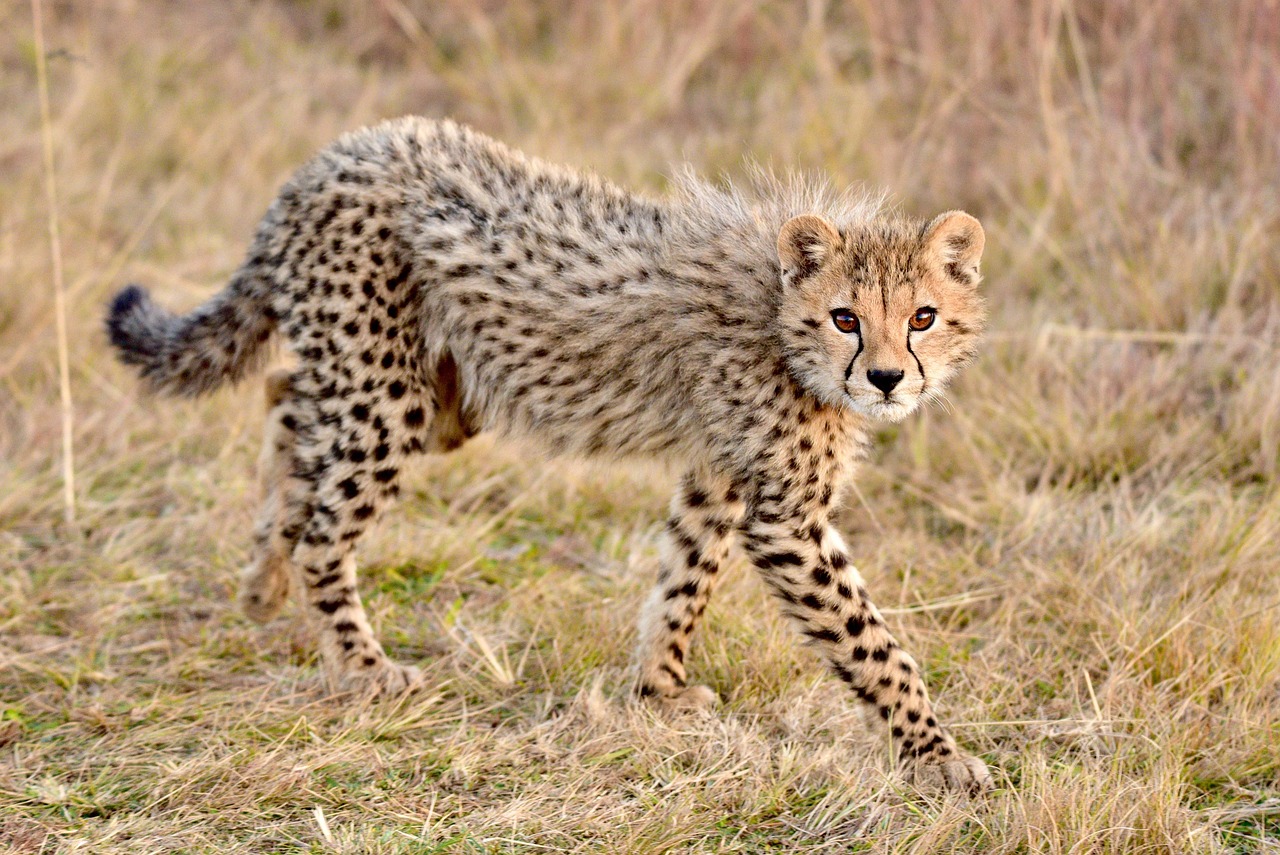
Thirteen more wild cat species are listed as Vulnerable: lion, leopard, snow leopard, clouded leopard, Sunda clouded leopard, African golden cat, northern oncilla, southern oncilla, guina, cheetah, fishing cat, black-footed cat, Chinese mountain cat The world’s fastest land animal faces a speed bump it cannot outrun. While African cheetah populations receive more attention, the critically endangered Asiatic cheetah in Iran tells a more desperate story.
There may be even fewer Iranian cheetahs remaining in the wild, but the data on the Iranian cheetah is lacking due to the challenges of conducting fieldwork in a politically unstable region. These magnificent cats have lost roughly ninety percent of their historic range. Habitat loss, human-wildlife conflict, and the illegal pet trade continue to pressure remaining populations. The cheetah’s genetic uniformity, similar to the snow leopard’s situation, makes them particularly vulnerable to disease outbreaks and environmental changes.
Iberian Lynx: A Conservation Success Story
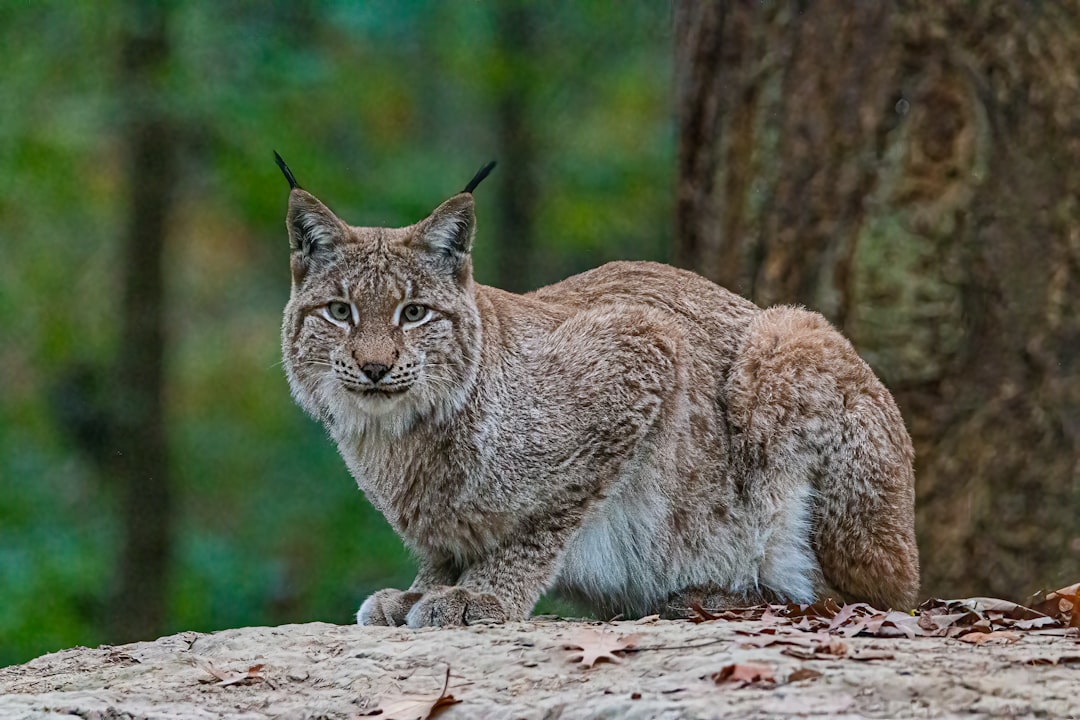
Once on the brink of extinction, the Iberian lynx (Lynx pardinus) has made a historic comeback. In 2002, fewer than 100 individuals remained in the wild, confined to two small populations in southern Spain. This medium-sized cat with distinctive ear tufts and spotted coat nearly became the first cat species to go extinct since the last ice age.
The Iberian lynx (Lynx pardinus) officially ceased to be an endangered species as of last June and is now classified as ‘vulnerable’ Through intensive conservation efforts including captive breeding programs, habitat restoration, and prey species recovery, the population has rebounded dramatically. Through special conservation programs, including reintroduction, the species population has been increasing. This success demonstrates what dedicated conservation efforts can achieve when properly funded and executed.
Conclusion
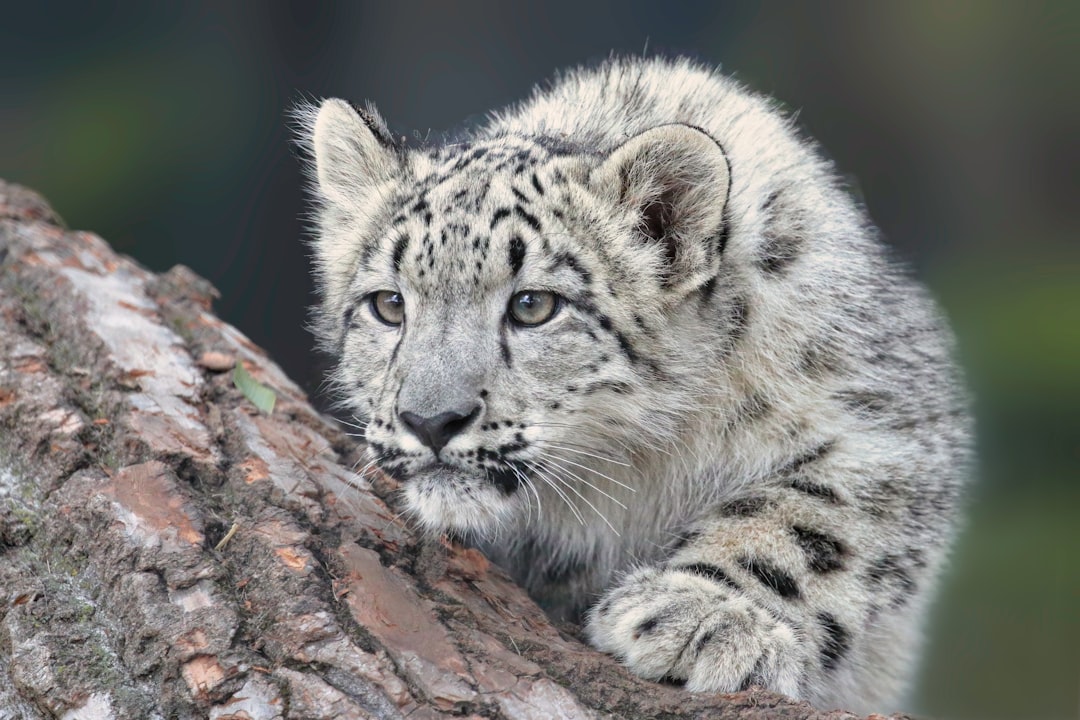
The plight of these six endangered wild cats reveals both the fragility of our natural world and the power of human intervention when applied correctly. Each species faces unique challenges, from the Amur leopard’s battle against extreme cold and tiny population size to the cheetah’s struggle with genetic bottlenecks and habitat fragmentation.
What gives us hope is stories like the Iberian lynx, proving that species can recover from the brink of extinction with dedicated effort. The question remains whether we can mobilize similar resources and commitment for the other cats racing against time. Their survival depends not just on protected areas and breeding programs, but on our collective will to share this planet with these magnificent predators.
What do you think about these conservation challenges? Tell us in the comments.





